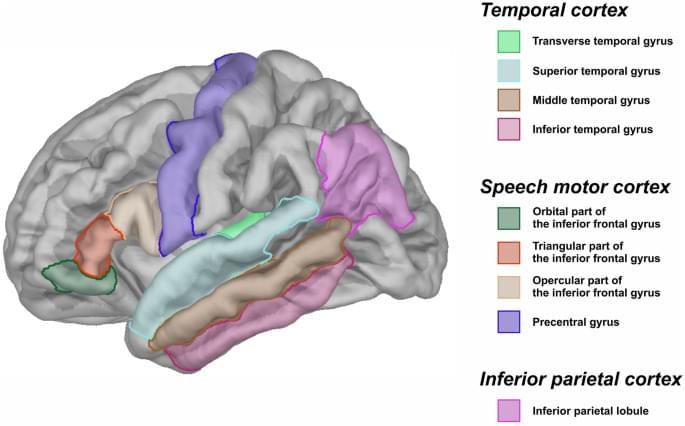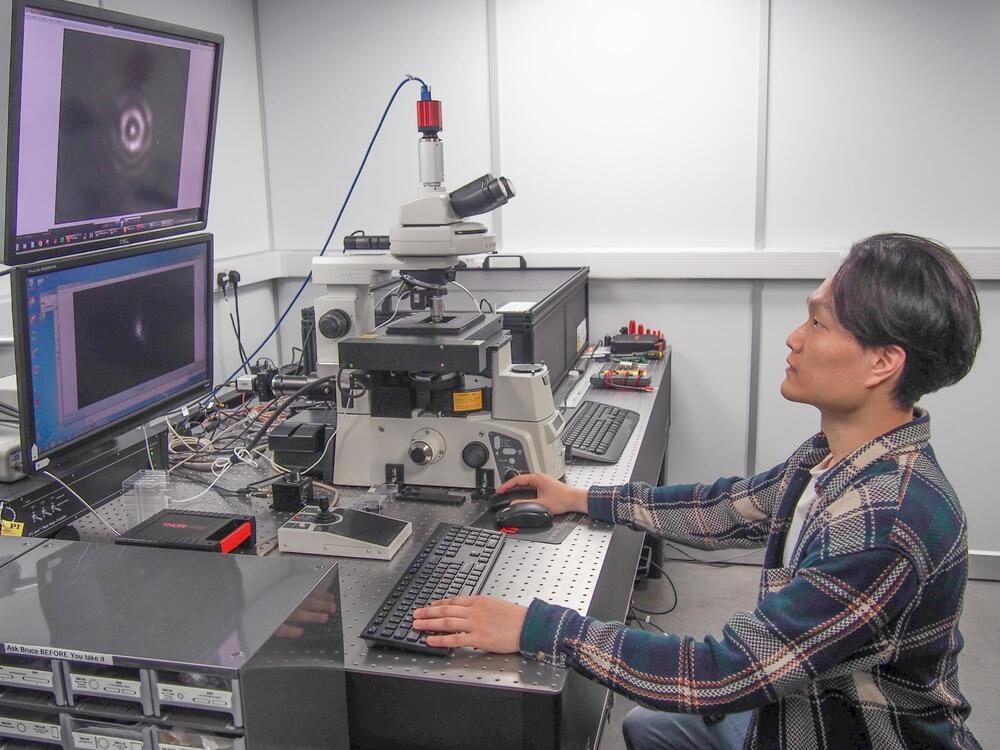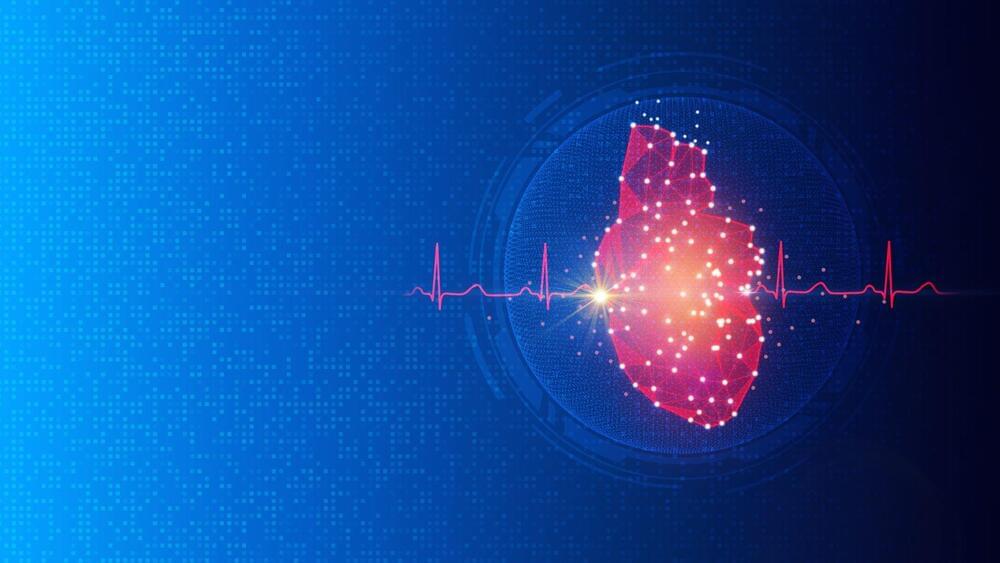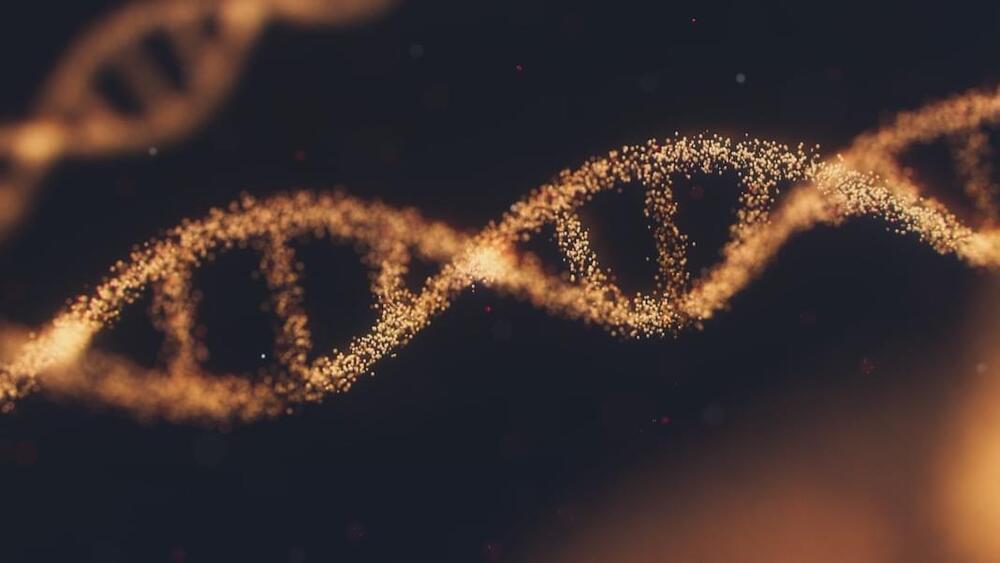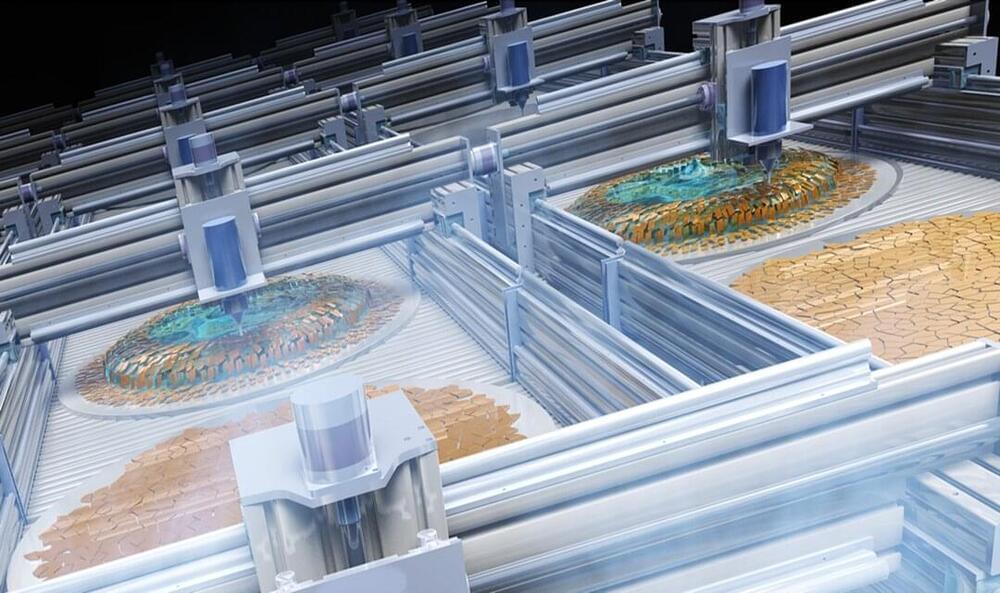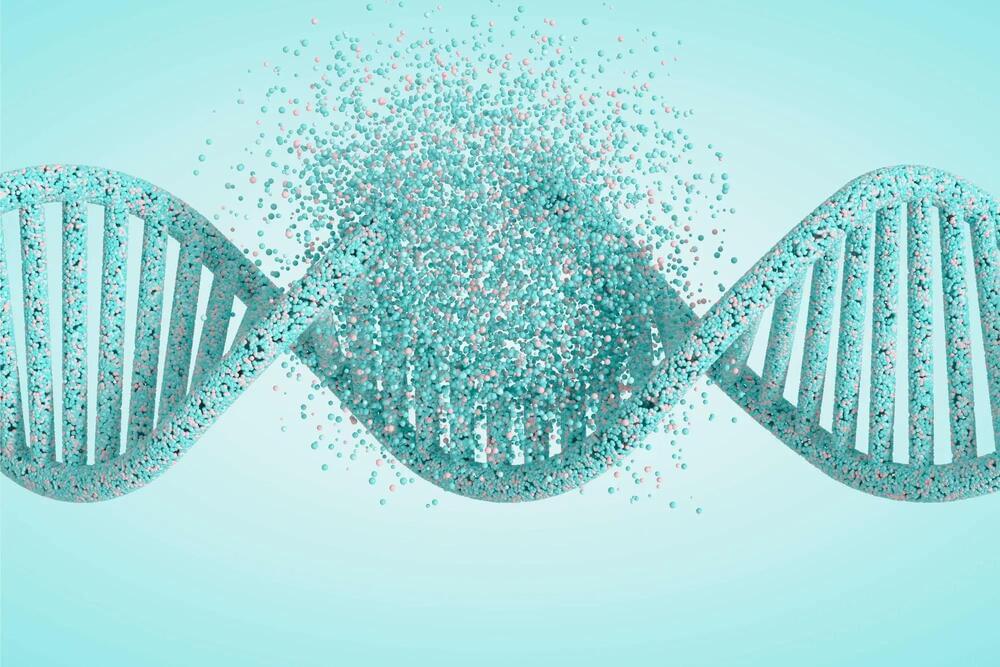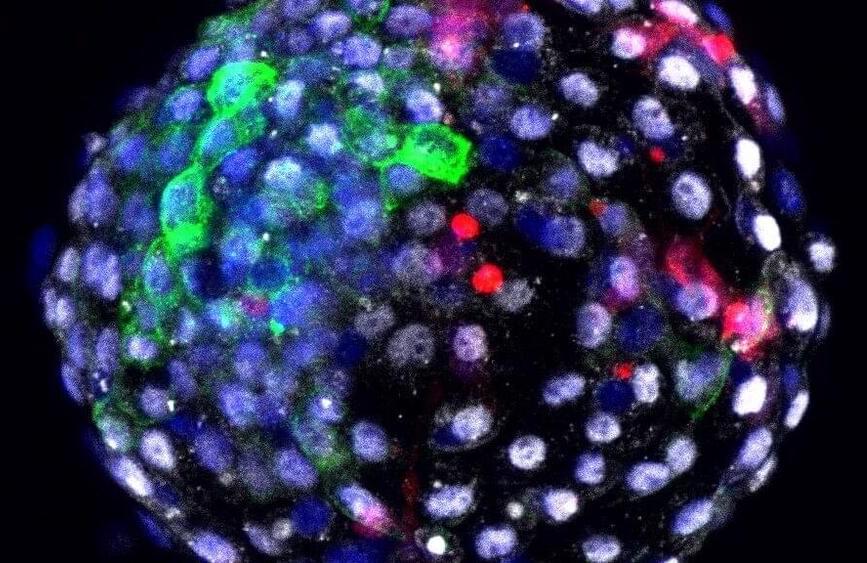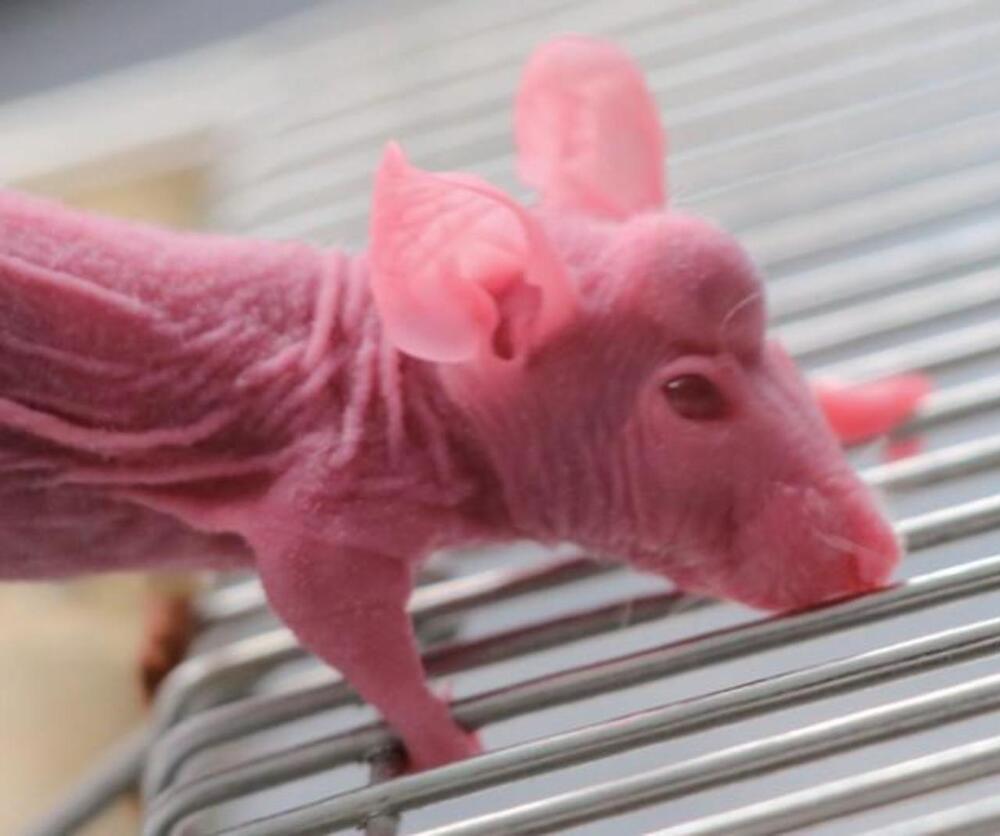May 19, 2023
Structural brain abnormalities and their association with language impairment in school-aged children with Autism Spectrum Disorder
Posted by Saúl Morales Rodriguéz in categories: biotech/medical, life extension, neuroscience, sex
Language impairment is comorbid in most children with Autism Spectrum Disorder (ASD) but its neural basis is poorly understood. Using structural magnetic resonance imaging (MRI), the present study provides the whole-brain comparison of both volume-and surface-based characteristics between groups of children with and without ASD and investigates the relationships between these characteristics in language-related areas and the language abilities of children with ASD measured with standardized tools. A total of 36 school-aged children participated in the study: 18 children with ASD and 18 age-and sex-matched typically developing controls. The results revealed that multiple regions differed between groups of children in gray matter volume, gray matter thickness, gyrification, and cortical complexity (fractal dimension).
